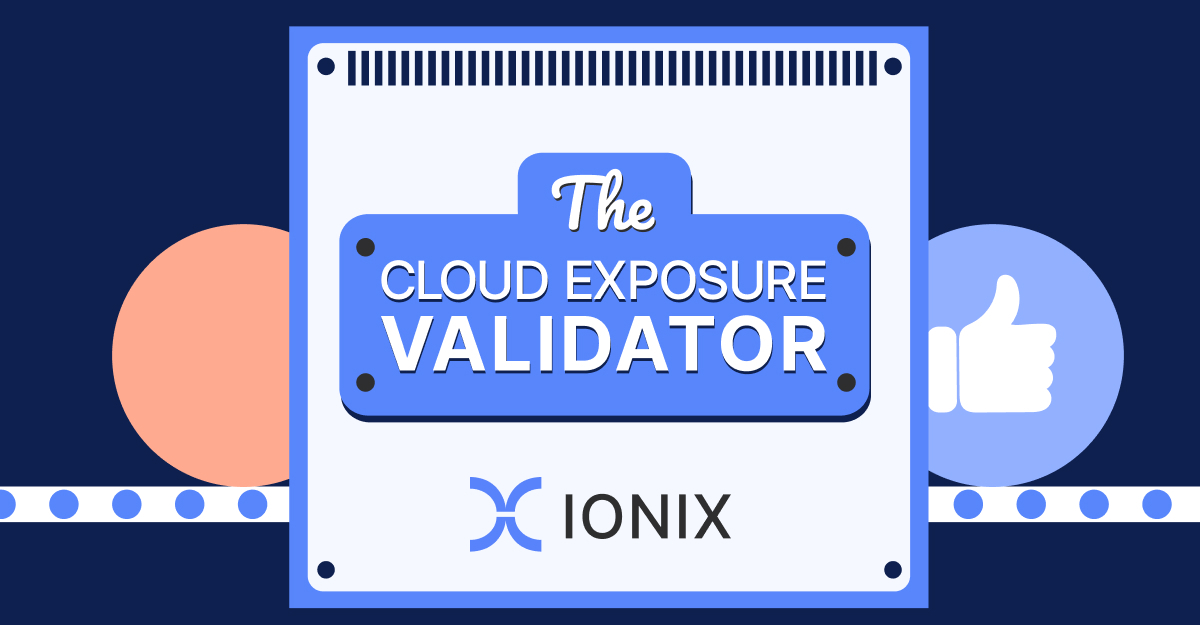External Attack Surface Management Market Size: An Overview

Attack surface management (ASM) is becoming increasingly important for businesses today. The attack surface is expanding and becoming more complex than ever before, driven by numerous factors, including the COVID-19 pandemic and resulting shift to remote work, widespread cloud adoption and the resulting growth of shadow IT, increased use of managed services (SaaS), and third-party vendor services. In response, the attack surface management market is adapting to meet the challenging security needs of today’s enterprises.
In this article
What Is Attack Surface Management?
Attack surface management is a set of processes and tools used to identify an organization’s assets, inventory those assets, and analyze their exposure and risk. It provides a holistic view of what your organization looks like from an attacker’s perspective and prioritizes risks in the context of business importance and exploitability or what attack vectors hackers are most likely to exploit.
The Expanding Attack Surface
Security was once primarily concerned with the perimeter and protecting the organization’s LAN. Due to the accelerating adoption of hybrid environments, cloud, SaaS, APIs, web apps, and more in the past five to seven years, enterprise IT has become much bigger, more complex, and without a precise perimeter.
Today, enterprises increasingly rely on third-party vendors for various business functions. This, coupled with the rise of remote and hybrid work, creates additional endpoints in an organization’s network. For instance, remote workers use their smartphones, laptops, and other devices to access company resources, and third-party vendors may also have access to sensitive data from various endpoints.
The consequences of these changes in modern digital infrastructure, such as the growth of shadow IT, are significant. Security teams face invisibility, with no centralized control over what data goes online and how secure they are. It’s difficult for organizations to identify the assets that belong to them, let alone assets that are exposed. As a result, vulnerabilities remain unaddressed.
In fact, the number of CVEs (Common Vulnerabilities and Exposures) continues to grow. According to the NIST’s National Vulnerability Database (NVD), in 2022, 25,093 CVEs — a record-breaking number — were published, marking a 24.51% increase over 2021.
The Emergence of the Attack Surface Management Market
In the past few years, companies have become increasingly aware of shadow IT, and more enterprises recognize the need to mitigate threats beyond the traditional security perimeter. In response to the increased awareness of these issues, the attack surface management market emerged in mid-2021 and continues to grow.
In fact, in its Top Trends in Cybersecurity in 2022 report, Gartner recommends that organizations and risk management leaders should recognize the need to invest in processes and tools capable of securing the growing attack surface.
External attack surface management is primarily utilized in cybersecurity, banking, finance and insurance, and government. But the need to protect the attack service isn’t limited to these industries. Companies of all sizes are facing an expanding attack surface as remote, hybrid work, managed services, and third-party vendor services are ubiquitous across industries and among companies of all sizes.
The External Attack Surface Management Market Size
According to an August 2022 study from the International Data Corporation (IDC), worldwide attack surface management market revenue was $416.2 million in 2021 and was projected to reach $545.2 million in 2022, growing by 31% between 2021 and 2022. By 2026, IDC forecasts worldwide ASM software revenue will reach $930.7 million, growing at a CAGR of 17.5% through 2026.
Other sources loosely categorize attack surface management and external attack surface management as part of the vulnerability management (VM) market, so isolating the attack surface management market size is difficult. We can, however, gain some insight by looking at the vulnerability management market as a whole.
According to Frost & Sullivan, as enterprises embrace digital transformation initiatives, the attack surface expands, with multiple touchpoints through open networks and easily accessible applications and databases. The growing volume of public-facing digital assets and increased cloud utilization create increasingly dispersed enterprise IT, according to Gartner. To mitigate the resulting risks, there’s a need for increased investments in tools to continuously visualize and prioritize attack surface management.
“Security and risk management leaders can start by aggregating asset and risk context into a platform for visualization of their attack surface,” Gartner recommends. With external attack surface management platforms like IONIX, you can go further to discover your exposure, map your attack surface, and identify your internet-facing assets and how they’re connected.
Cyberpion’s external attack surface management platform includes a multi-layered vulnerability assessment engine for continuous vulnerability and risk identification, ranking, and prioritization. Cyberpion also offers Active Protection, which freezes your most vulnerable assets to halt attacks until your security team can address the issue.
By 2026, Gartner expects that 20% of companies will have 95% or greater visibility of their assets, an increase from less than 1% of companies in 2022. These assets can then be prioritized according to their risk with attack surface management tools. Frost & Sullivan expects the vulnerability management market to reach $2.51 billion by 2025, with a compound annual growth rate (CAGR) of 16.3%.
Final Thoughts
As the attack surface continues to expand, driven by increased use of the cloud, shadow IT, third-party vendors, and managed services like SaaS applications, companies require tools that go beyond the traditional security perimeter to detect and mitigate threats throughout dispersed IT environments.
External attack surface management is a relatively new market, having emerged in mid-2021, but it’s expected to experience explosive growth in the coming years as the need for effective attack surface management gains prominence across all industries. EASM platforms, such as IONIX, meet the challenge of securing the expanding attack surface for modern enterprises. Get a free scan from IONIX today.






